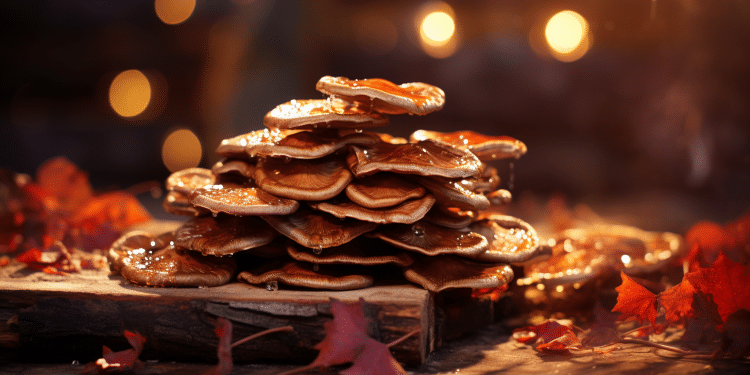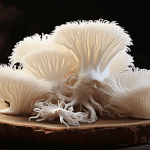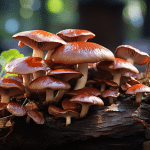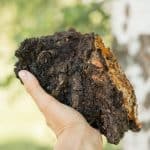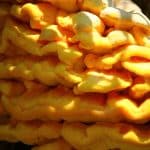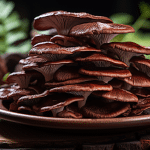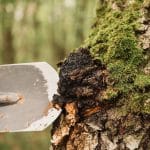Best Reishi Mushroom Substrates
The purpose of the mushroom substrate is to provide a nutrient-rich, moist food source for fungi mycelium. Reishi mushrooms are selective in the things that they consume, so what is the best substrate to use when growing reishi mushrooms?
Unlike oyster mushrooms, reishi will NOT grow on anything like coffee grounds and cardboard. The best substrate for reishi mushrooms is hardwood growing mediums like logs or blocks of hardwood sawdust. The types of logs you can use as a substrate for reishi can range from sugar maple, oak, silver maple, red maple, and sweetgum. Supplemented hardwood sawdust is one of the substrates many people use as well. Although, Reishi would not grow very well in sawdust.
It is also possible to inoculate hardwood tree stumps with reishi spores to grow outdoors. When growing reishi mushrooms in bags or containers, adding hardwood pellets or sawdust works well, and, if you can find one, oak is best. For growing in an enclosed space, use larger, autoclavable growing bags.
Allow the antlers to develop within the bags at the top of a block. Once antlers reach desired size, cut the top off of the bag and move the block into a “fruiting” state, increasing fresh air will result in the Reishi beginning to produce the spores that create “conks”.
We like to add oatmeal or wheat bran to hardwood pellets to give the mycelium additional nutrients. Some growers will add gypsum and calcium carbonate to their substrate mix to get even higher production, but it is not necessary.
If you decide to grow your reishi in a tree, there is an extensive selection of trees to source it from. Sugar maple, sweetgum, red maple, silver maple, or oak are perfect for most species of reishi. But Ganoderma tsugae, a species of reishi typically found in the northeastern U.S., prefers hemlocks and other conifer trees.
It is typically found on hardwood trees that are dead or dying, as well as stumps. Found from May to November in temperate to hot regions. Widely distributed around the globe.
Typically, reishi mushrooms produce just a single floret. For larger yields, let mushrooms grow into conks rather than the antler-like shape. This is done by allowing plenty of cool air to circulate through the growing environment.
Harvest reishi mushrooms right before the fruiting bodies drop their spores. Reishi mushrooms carry heavy spore loads that can fill your grow room with brownish-brown spores in a short period of time. Use a sharp knife or serated knife to slice mushrooms from blocks. You might need to cut the mushrooms through, because they are so tough, and typically, blocks are discarded after their first ripeness. Dried sliced Reishi mushrooms in the dehydrator to store long-term.
Reishi mushrooms are resistant to contaminating, but spawn is extremely tough, making a harvest difficult. This may make it hard to spread evenly through a growing bag. Reishi sometimes starts to produce fruit bodies before colonization of a unit is complete. This makes things a little harder to pick.
Reishi mushrooms are an excellent choice for home growers. It is resilient against contaminates, a powerful colonizer, making it an enjoyable species to cultivate at home. They are incredibly cool to watch grow, and they make for some unique morphs.
They can be grown without any special growing room conditions, or can even be grown in your grow bag. The crops can be dried in the dehydrator and stored for longer-term use. Try growing your own Reishi mushrooms at home!
You can find our favorite capsules, powders, and tincture’s on the following pages of our website and learn more about each individually:
Click here to learn more about the best Reishi Mushroom Supplements
Click here to learn more about the best Reishi Mushroom Powder
Click here to learn more about the best Reishi Mushroom Tincture
Click here to learn more about the best Reishi Mushroom Mushroom Gummies
Additional Resources:
Updated 10/24/2022
